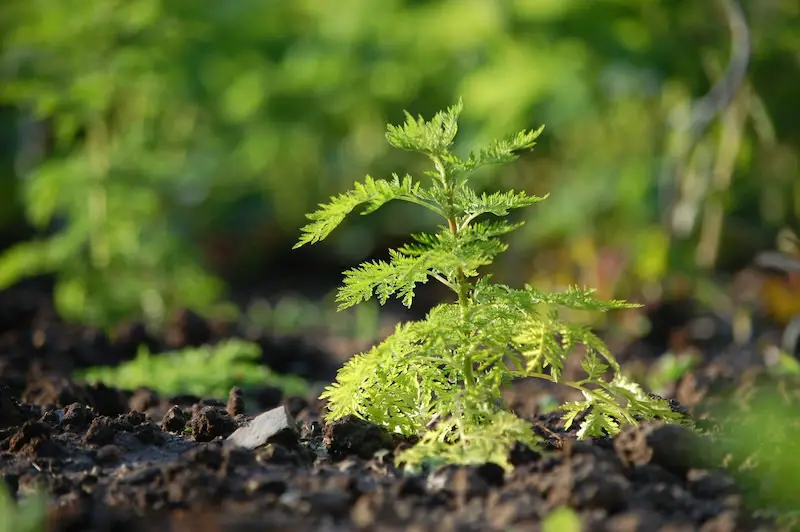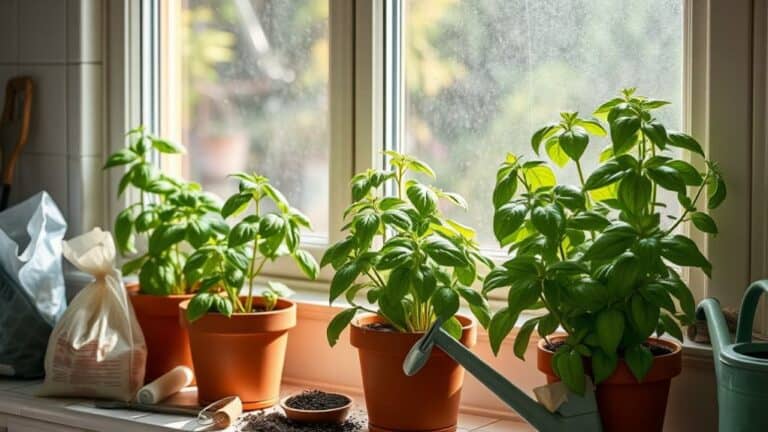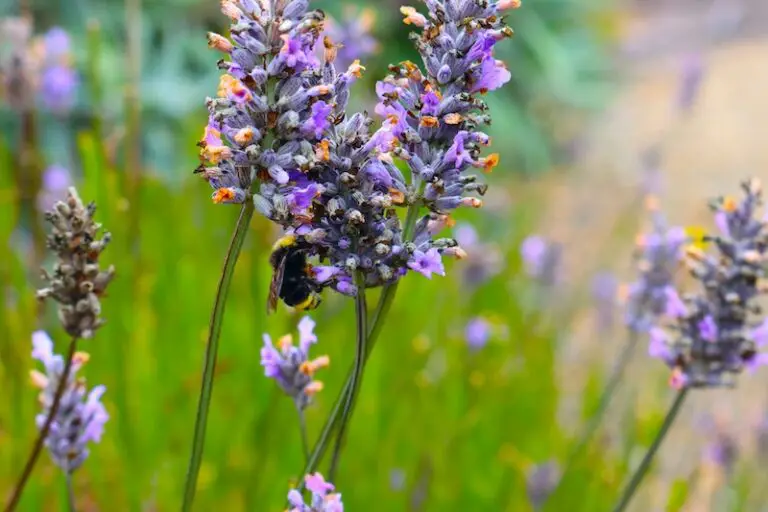Cola Plant: 11 Must-Know Tips for Growing This Unusual Herb
The cola plant, also known as Artemisia abrotanum ‘Cola’ or Cola Artemisia, is a fascinating herb cherished for its unique fragrance, reminiscent of cola soft drinks. This aromatic plant not only adds a delightful scent to your garden but also serves as a versatile herb in culinary and medicinal applications. Here are 11 essential things you need to know about growing the cola plant.
1. Origin and History
The cola plant, Artemisia abrotanum ‘Cola,’ belongs to the Asteraceae family and is a cultivar of Southernwood. Native to Europe and Asia, this herb has been used for centuries for its medicinal properties. It was traditionally grown in monastery gardens and valued for its ability to repel insects. The unique cola scent of this cultivar makes it stand out among other Artemisia species, adding an interesting twist to its historical usage. Today, it is cherished by gardeners and herbal enthusiasts for its aromatic qualities and versatility.
2. Plant Description
The cola plant is a perennial herb that can reach up to 1.5 meters in height. It features feathery, silver-green foliage that emits a strong cola-like fragrance when brushed or crushed. The leaves are finely divided, giving the plant a delicate, airy appearance. During summer, it produces small, yellowish flowers, although these are not particularly showy. The plant’s robust, upright growth habit makes it an attractive addition to garden borders, herb gardens, and containers. Its unique scent and aesthetic appeal make it a favorite among gardeners.
3. Ideal Growing Conditions
To thrive, the cola plant requires full sun and well-drained soil. It prefers a location with at least six hours of direct sunlight daily. The soil should be sandy or loamy with good drainage to prevent root rot. Although it is drought-tolerant once established, regular watering is essential during the initial growth period. The plant can withstand a range of temperatures but performs best in USDA hardiness zones 4-9. Mulching around the base can help retain moisture and regulate soil temperature, promoting healthier growth.
4. Propagation Methods
Propagating the cola plant can be done through seeds, cuttings, or division. Seeds should be sown in early spring in a well-drained seed-starting mix and kept moist until germination. For cuttings, take 10-15 cm stem segments from healthy, non-flowering shoots in late spring or early summer. Remove the lower leaves and place the cuttings in a mix of sand and compost, keeping them moist until roots develop. Division involves separating mature plants into smaller sections, ensuring each section has roots and shoots. This method is best done in spring or early autumn.
5. Planting and Spacing
When planting the cola plant, space the plants about 45-60 cm apart to allow for adequate air circulation and growth. Dig a hole twice the size of the root ball, place the plant in the hole, and backfill with soil, ensuring the crown is level with the soil surface. Water thoroughly after planting to settle the soil around the roots. If planting in containers, choose pots that are at least 30 cm in diameter to accommodate the plant’s growth. Ensure the containers have drainage holes to prevent waterlogging.
6. Watering and Fertilizing
The cola plant prefers moderate watering, with the soil allowed to dry out between waterings. Overwatering can lead to root rot, so it’s crucial to ensure good drainage. During the growing season, water deeply once a week, adjusting based on rainfall and temperature. Fertilize the plant in early spring with a balanced, slow-release fertilizer to promote healthy growth. Additional feeding during the growing season can be done with a diluted liquid fertilizer every 4-6 weeks. Avoid excessive fertilization, as this can lead to leggy growth.
7. Pruning and Maintenance
Regular pruning is essential for maintaining the shape and vigor of the cola plant. Prune back the plant by about one-third in early spring to encourage bushier growth. Deadheading spent flowers can also promote new growth and maintain the plant’s appearance. In late autumn, after the first frost, cut the plant back to about 10 cm above the ground to prepare it for winter. Mulching with organic material can protect the roots during colder months. Remove any dead or diseased foliage promptly to prevent the spread of pests and diseases.
8. Pest and Disease Management
The cola plant is relatively pest-resistant due to its aromatic foliage, which repels many common garden pests. However, it can occasionally be affected by aphids, spider mites, and whiteflies. Regularly inspect the plant for signs of infestation, such as discolored leaves or webbing, and treat with insecticidal soap or neem oil if necessary. Fungal diseases like powdery mildew and root rot can occur in poorly drained conditions. Ensuring proper spacing, good air circulation, and well-drained soil can help prevent these issues.
9. Harvesting and Storage
Harvesting the cola plant is best done in the morning when the essential oils are most concentrated. Snip off the young, tender shoots using sharp scissors or pruning shears. The leaves can be used fresh or dried for later use. To dry, bundle small bunches of stems together and hang them upside down in a cool, dark, and well-ventilated area. Once fully dry, strip the leaves from the stems and store them in airtight containers away from light and moisture. Properly dried leaves can retain their aroma and potency for up to a year.
10. Culinary Uses
The cola plant’s unique flavor makes it a fascinating addition to various culinary creations. The leaves can be used fresh or dried to infuse a cola-like flavor into beverages, desserts, and savory dishes. Use them to flavor teas, syrups, and homemade sodas, or incorporate them into marinades and rubs for meats. The aromatic leaves can also enhance the flavor of salads, sauces, and baked goods. Experimenting with the cola plant in your recipes can introduce a unique twist, making your dishes stand out.
11. Medicinal Properties and Uses
The cola plant has a history of medicinal use, valued for its digestive, antiseptic, and anti-inflammatory properties. Traditional herbal medicine uses the plant to treat digestive issues, respiratory ailments, and minor wounds. Infusions made from the leaves can help alleviate stomach cramps and improve digestion. The plant’s antiseptic qualities make it useful for treating minor cuts and insect bites. While it’s always best to consult with a healthcare provider before using any herbal remedies, the cola plant offers a natural option for supporting health and wellness.
Conclusion
Growing the cola plant can be a rewarding experience for gardeners and herbal enthusiasts alike. With its unique fragrance, aesthetic appeal, and versatile uses, this herb makes a delightful addition to any garden. By understanding its growing requirements, propagation methods, and maintenance needs, you can successfully cultivate this aromatic plant and enjoy its many benefits. Whether you’re a seasoned gardener or a novice, the cola plant offers a unique and enjoyable gardening experience.







